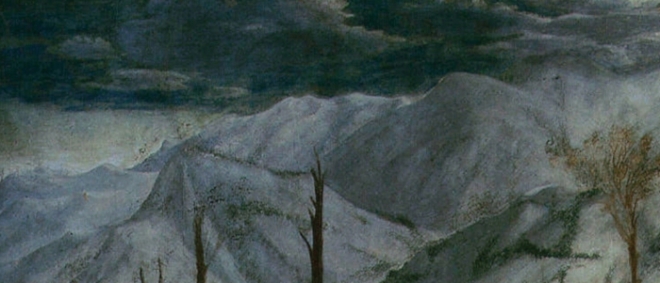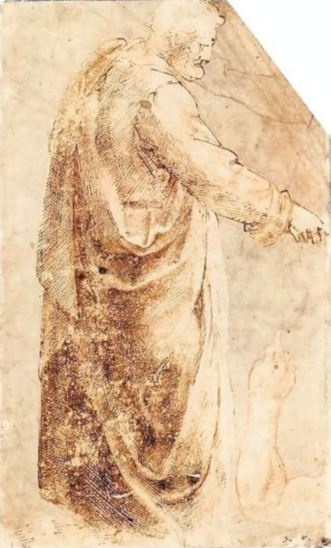In Julia Cameron’s The Artist’s Way she prescribes writing 3 morning pages everyday which forces open a hose of creativity. While you’re writing so much, pushing out every idea, dream, a small conversation at the grocery store, you’re priming the pump of creativity. After doing this for 3 or 4 months you hit this crescendo and before you were just another person, but after that peak you have no other choice than being a creative person. The only way to go back is to actively fight against your now nearly overwhelming urge to put out something.
You can do this with any creative output by itself without writing but writing is such a great partner to any other creative output you could imagine. If you did something interesting that day in the woodshop, you’d write it down. Maybe a little mistake led to something interesting. Writing will become your little workshop for ideas. You’ll carry a notebook with you at all times, you’ll have a notebook near your bed in case something comes up in a dream or a you just wake up with an idea. You’ll be journaling, writing down recipes even though you could save them to your smart phone.
In order to reach this threshold, you need to slog through days where there is no muse, the muse isn’t coming at all. You have to just sit down and put in the time no matter what and be okay that maybe what you put out isn’t a good idea or product. The only thing that matters is you showed up and didn’t let your callouses weaken today. That might have been the only feature for that day, you didn’t degrade that .00003% today. You maintained and tomorrow might be a different day.
Once you’re past a certain weird abstract amount of weeks and months, the slog feels less and less and the compulsion to create turns into a bit of fever. That amount of time is probably different for everyone but you’ll know it once it hits. There’s a slight anxiousness if you can’t get to your medium that day and you’ll start trying to plan on how to get back to it. Whatever your medium of choice will haunt you in a wonderful way and you’ll know that you’ve reached that threshold of output where there’s no turning back. You’ll be an artist for the rest of your life.










